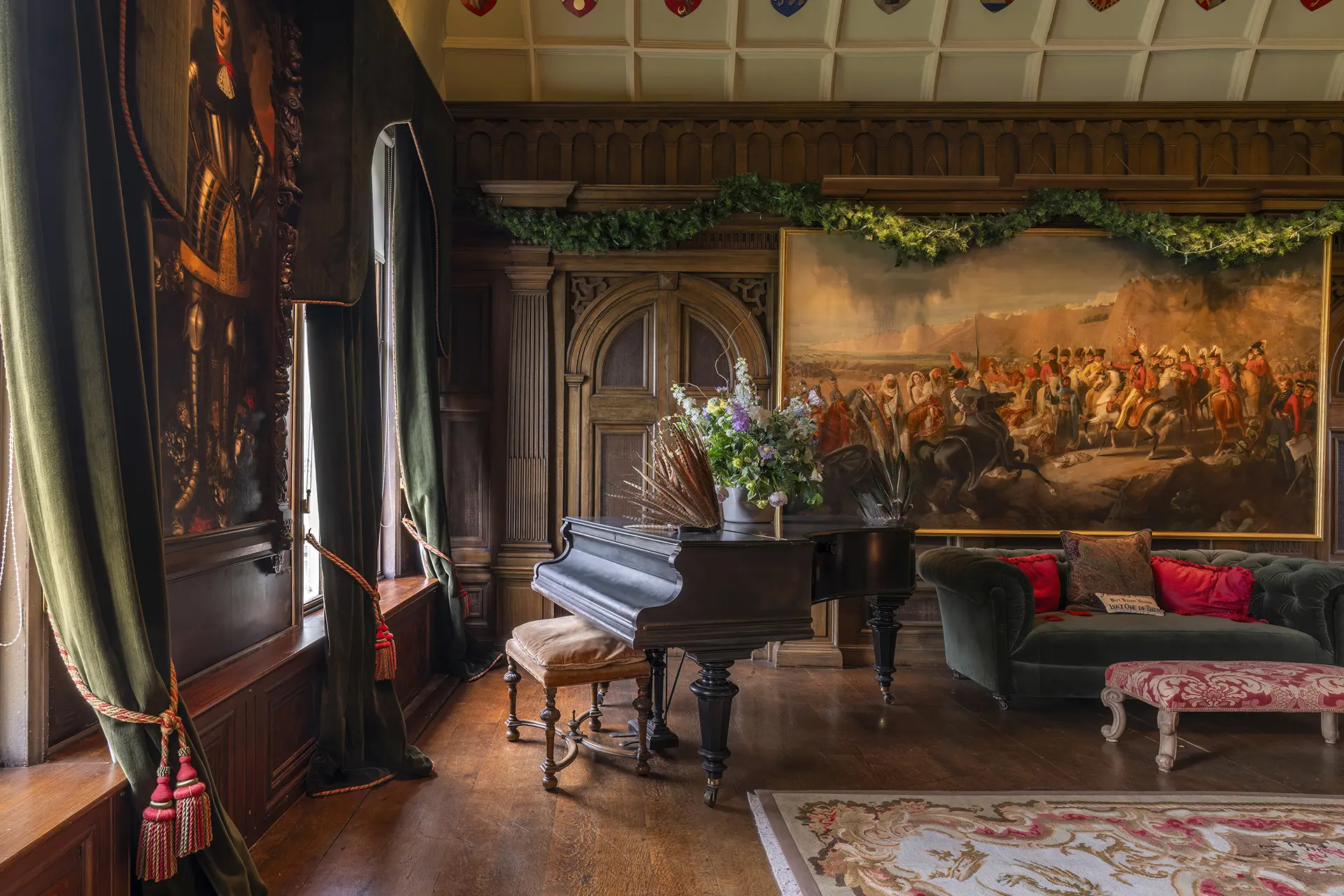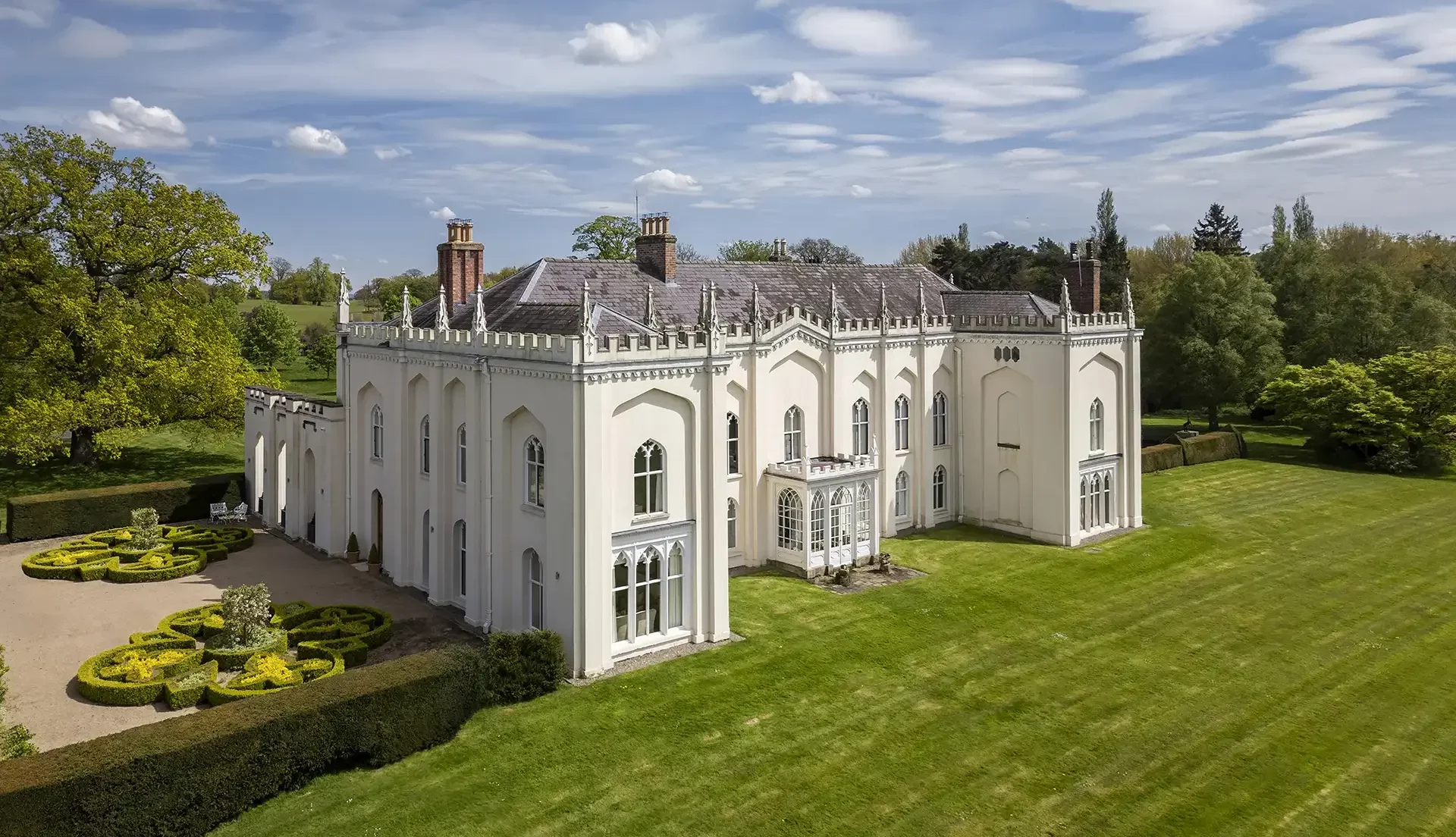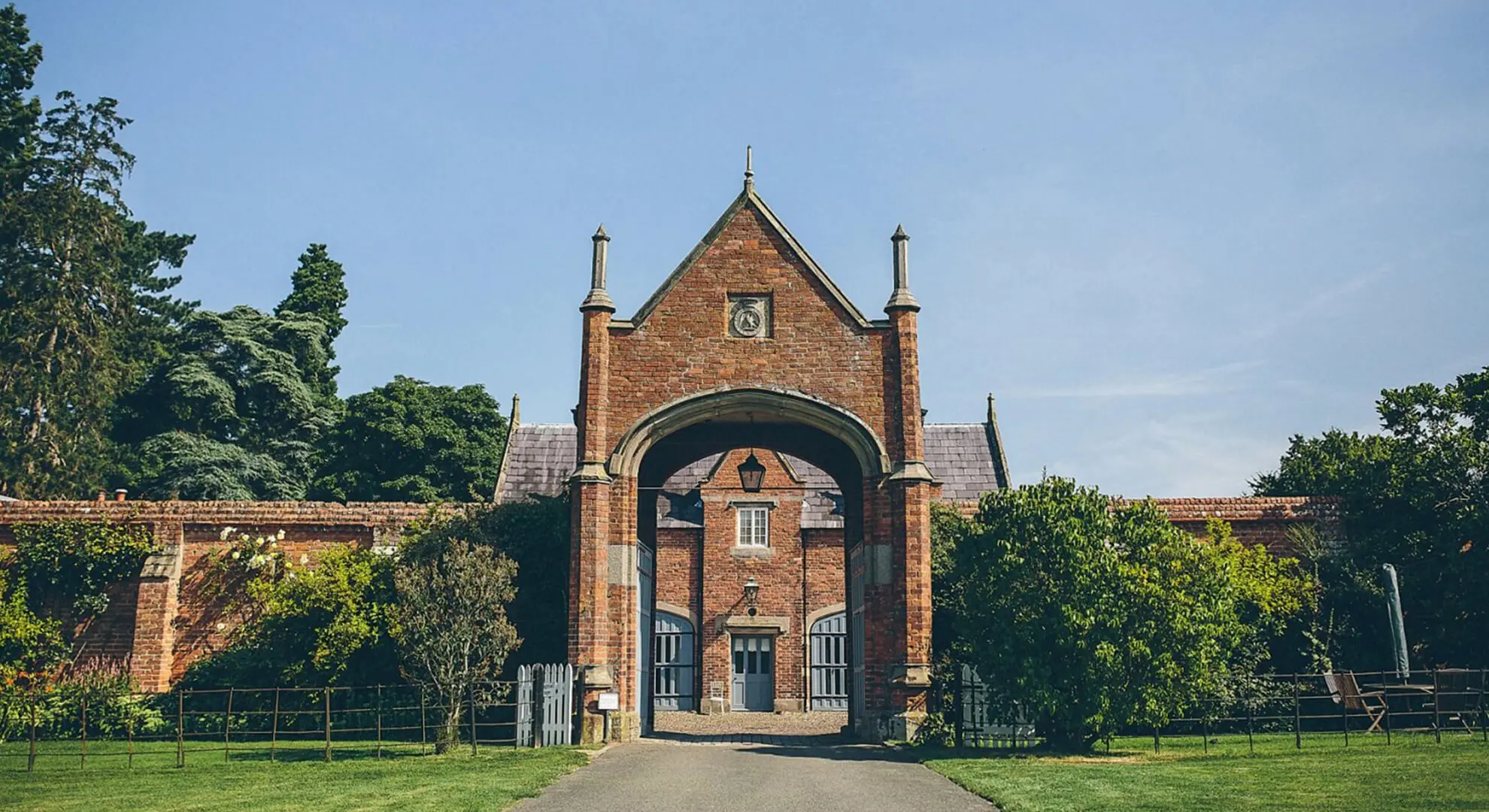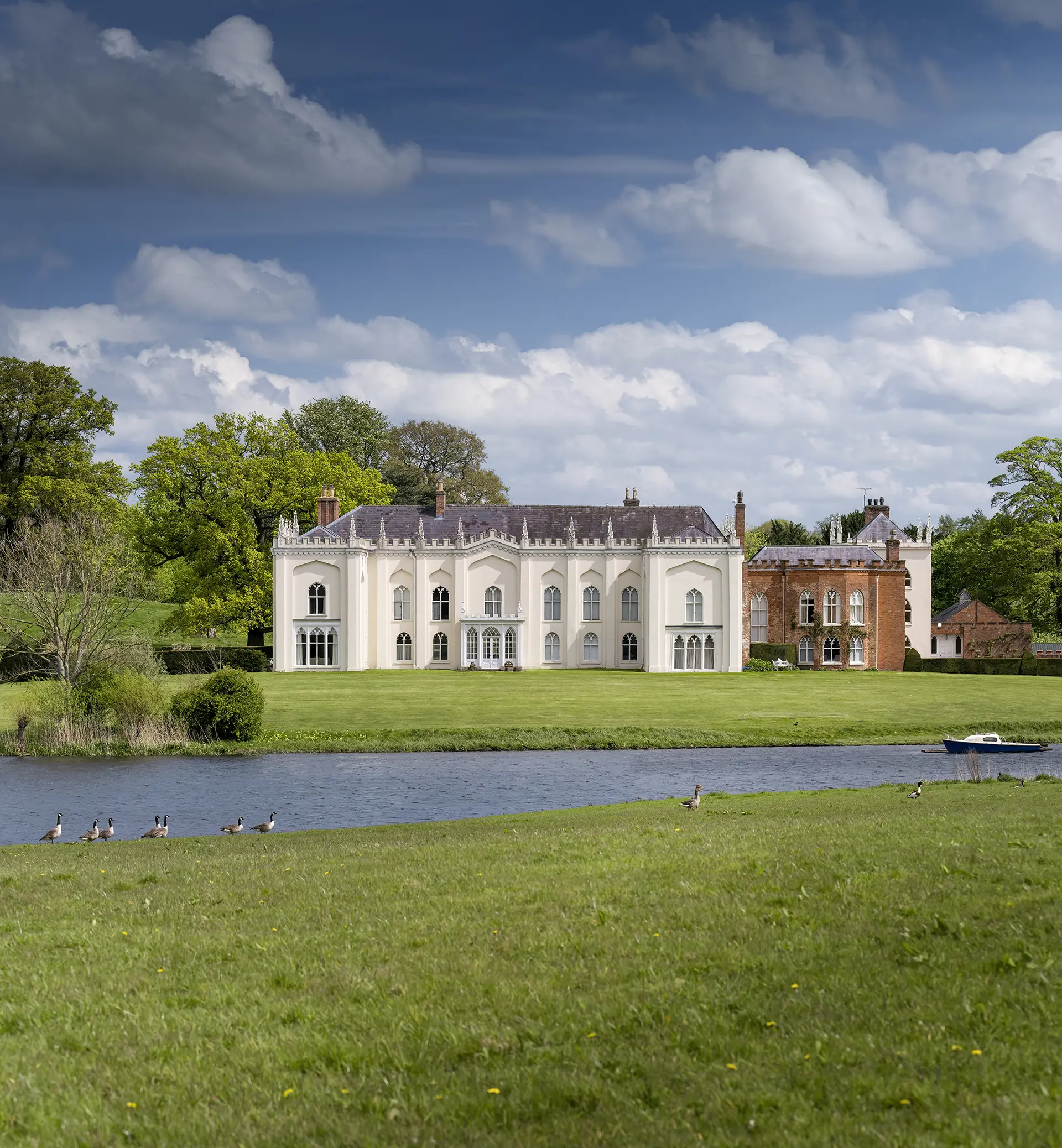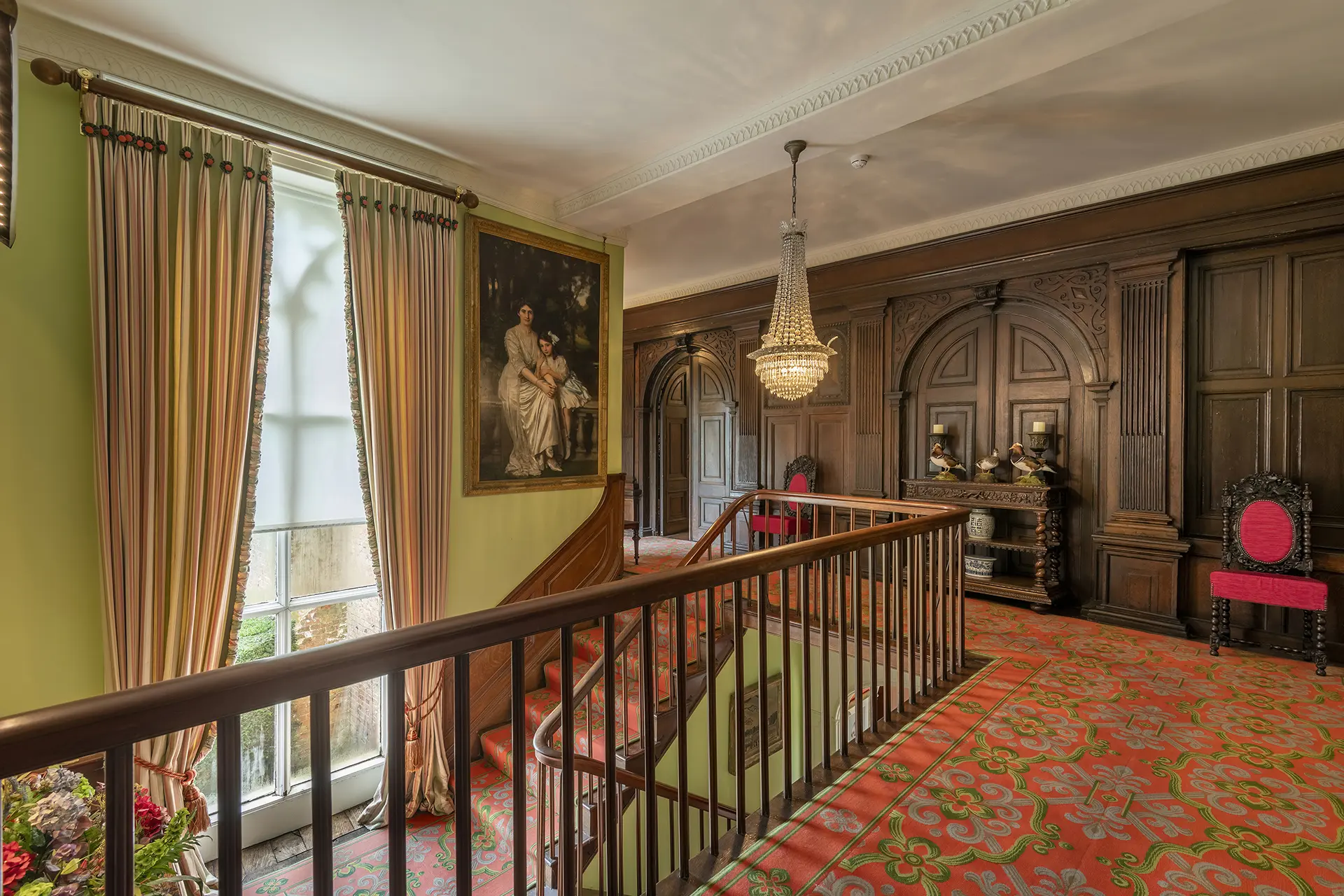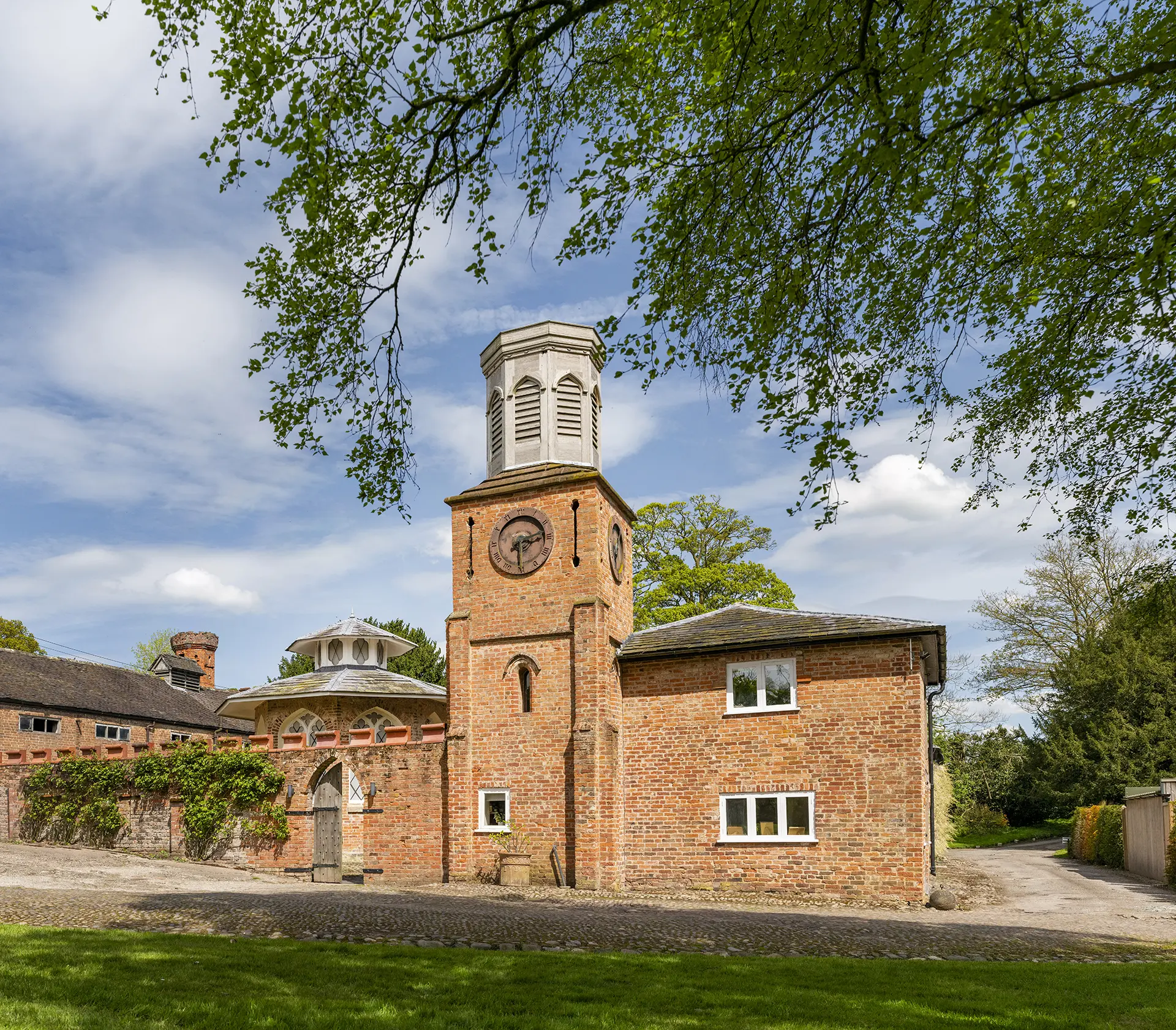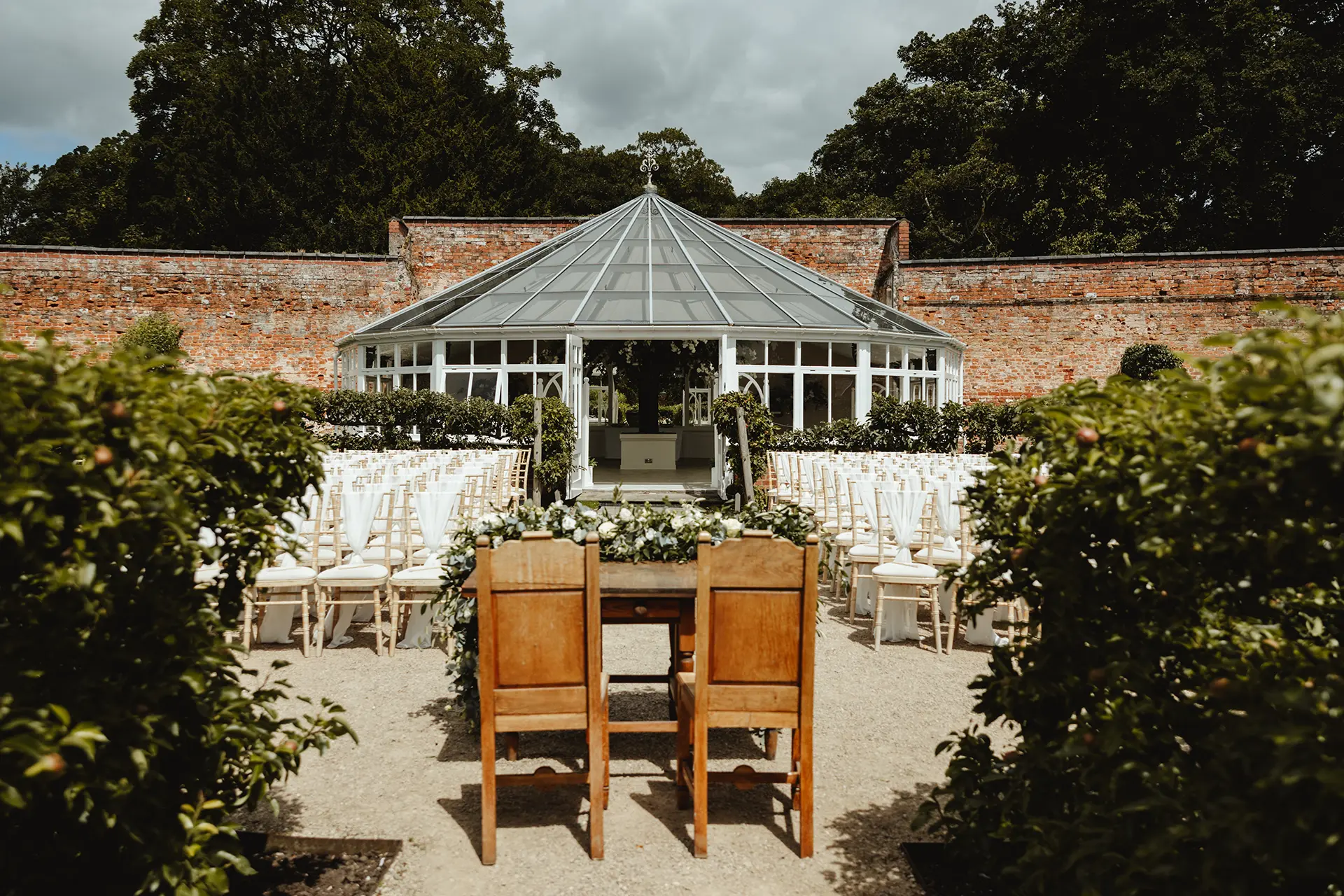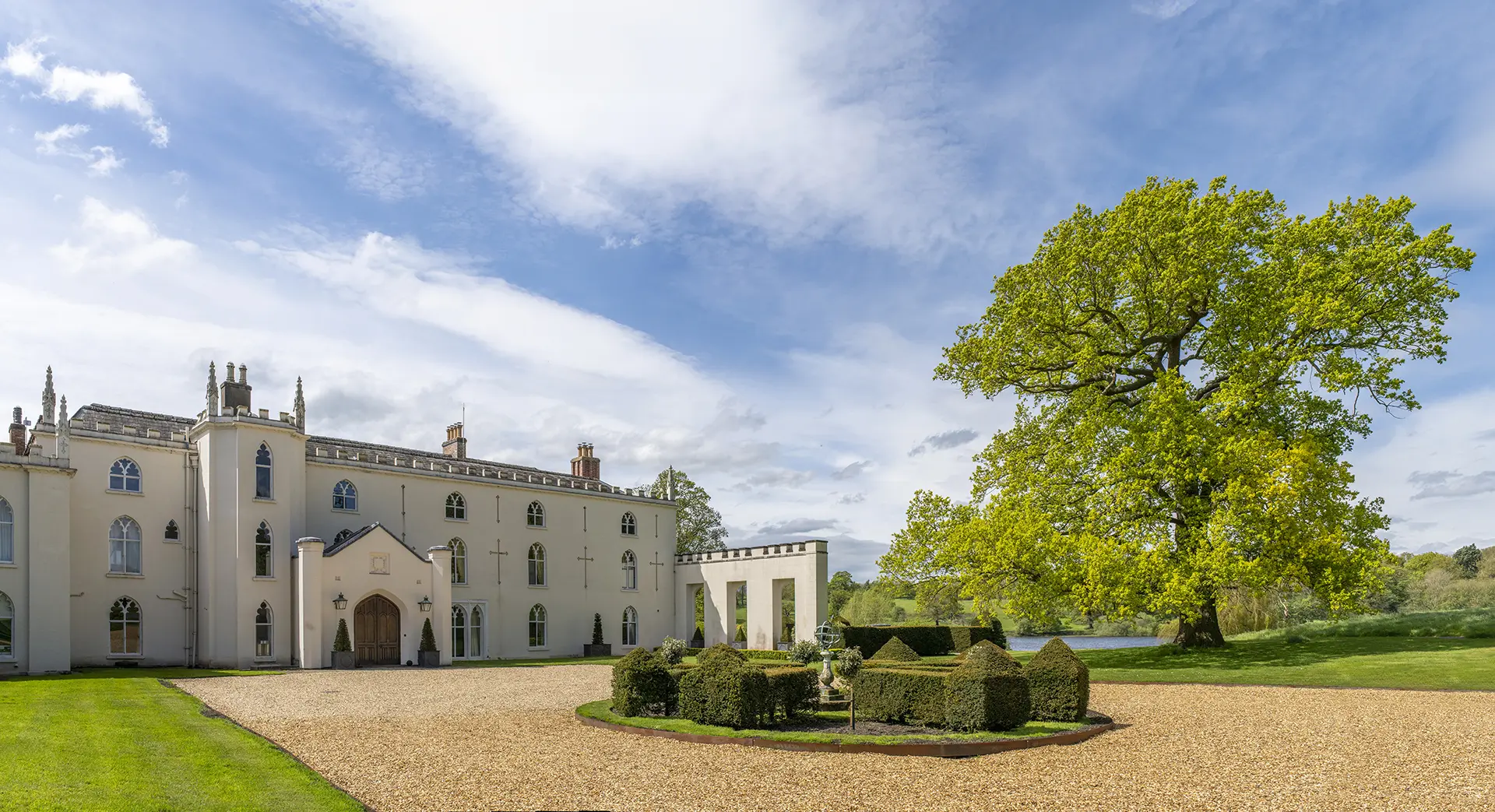Respectful of the past, restored for today
Founded as a Cistercian monastery on lands given by Hugh de Malbank, Lord of Nantwich in the 12th century, Combermere Abbey has survived the Dissolution of the Monasteries, religious arguments, civil war, debt and family tragedy. Thanks to a generous grant from the Culture Recovery Fund, you can hear its story first-hand in this short video.
A place of historical significance
Combermere Abbey is a complex building that holds almost 900 years of history within its walls and wider parkland. Rather like unwrapping a treasured gift, it encompasses medieval monastic remains, an elaborate Tudor structure and 18th and 19th century embellishments within today’s Gothic exterior.
Its fortunes have ebbed and flowed over the centuries, influenced by financial mis-administration, political changes, propitious marriages, war and family tragedies.
After it was dissolved by Henry VIII in 1536, Combermere Abbey was given to Sir George Cotton. Cotton was a man of great influence who retained the Refectory at the heart of his new Tudor house. The Cottons remained at Combermere for almost 400 years, gaining stature locally, nationally and internationally. In the late 18th Century a huge renovation and restyling project saw the building’s transformation into the Gothic phase we see today. Sir Stapleton Cotton, 1st Viscount and military hero build stables for his 36 horses, a new drive, Stone Lodge, dining room to entertain the Iron Duke and other modernisations.
In the late 19th century, the estate was rented to a series of influential tenants including Elizabeth, Empress of Austria and Katherine, Duchess of Westminster. In 1919, Combermere Abbey and its estate was sold to Sir Kenneth Crossley of Crossley Motors. Used as an evacuee girls’ school during the Second World War, the house began to show signs of increasing decay.
In 1957, the estate passed to Sir Kenneth’s granddaughter, Penelope Bostock who undertook a major renovation project in the 1970’s attempting to secure the future of the house.
The estate is now owned by Penelope Bostock’s daughter, Sarah Callander Beckett, who inherited it in 1992 and lives there with her husband Peter and son Peregrine. She began an extensive restoration project, spanning 30 years, to repair all the historic fabric then in serious disrepair.
Today the estate is again a flourishing hive of activity, with restored Stables now award winning holiday cottages, the North Wing of the Abbey open to visitors as a luxury B&B with a difference, and the Walled Gardens are now home to a successful wedding and events venue.
